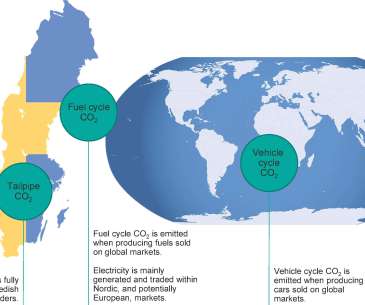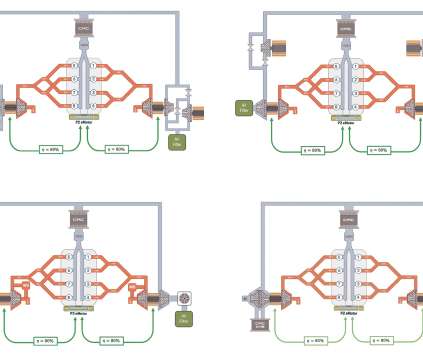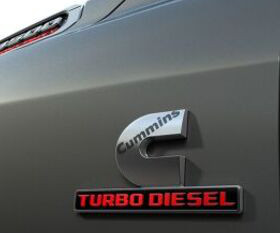Environment Canada/MECA team assesses black carbon emissions in GDI engine exhaust; evaluation of prototype gasoline particulate filter
Green Car Congress
JUNE 2, 2014
Solid bars represent low ambient temperature measurements whereas open, dashed bars represent standard temperature measurements. Black carbon has a negative impact on the environment and on human health. Nanoparticle emissions from gasoline spark ignition vehicles can be strongly dependent on vehicle speed and engine load.










































Let's personalize your content